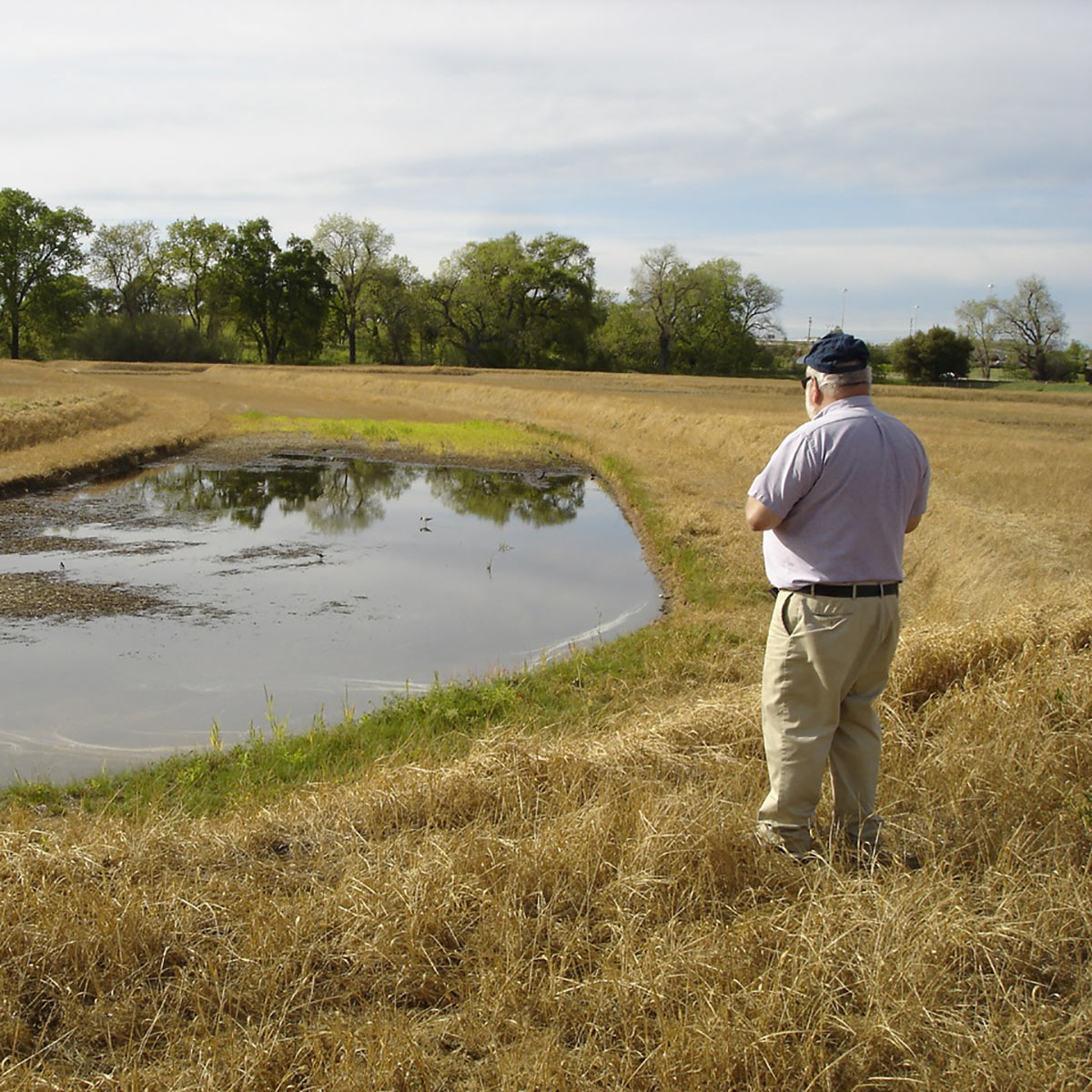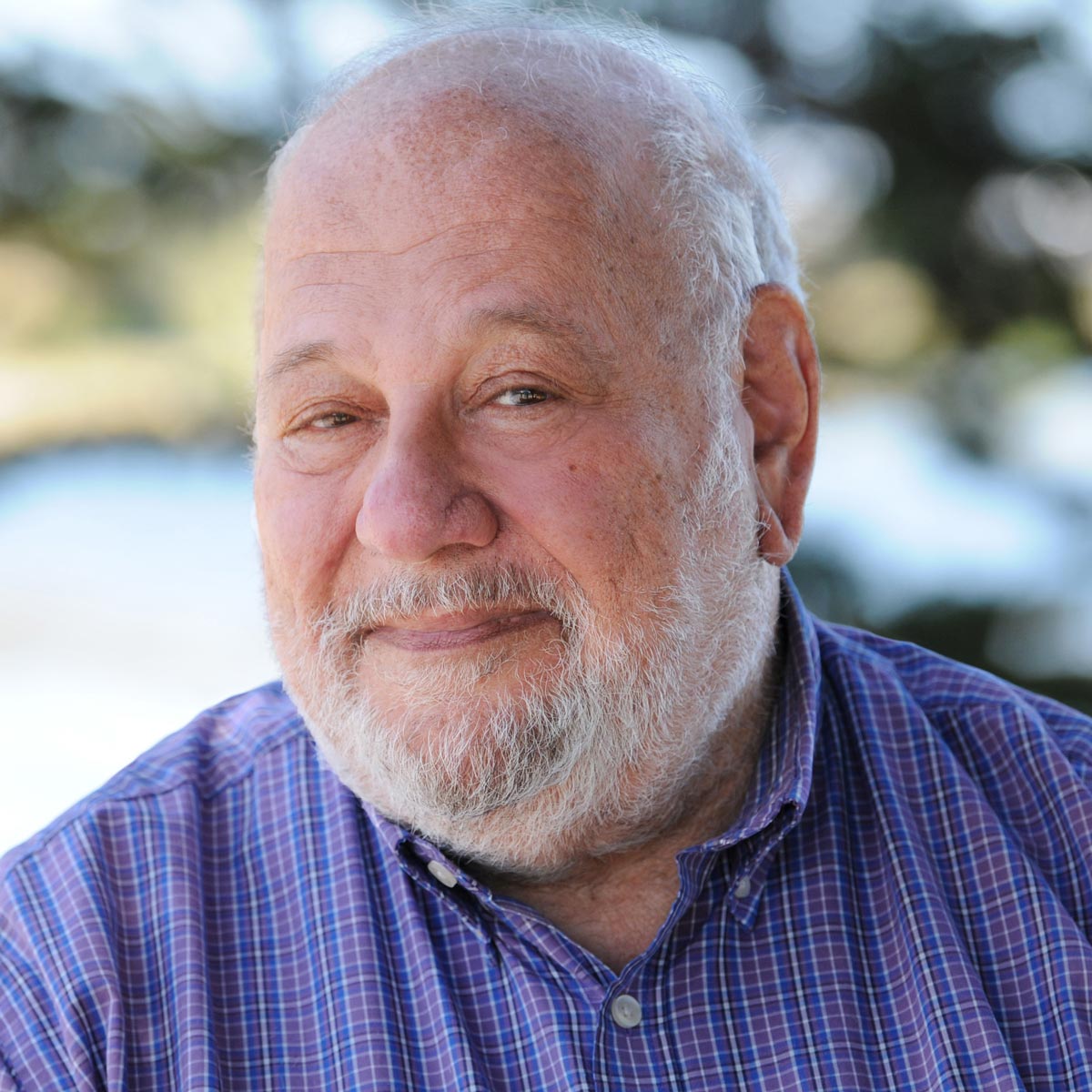
Barry Hecht co-founded Balance in 1988. For more than 49 years, he has directed specialized investigations of complex geomorphic, recharge, hydrogeologic, bed-sedimentation, water-quality, and sediment-quality questions in aquifers, streams, lakes, and tidal environments. Barry has directed many of the firm’s watershed assessment studies, including multi-year sediment-transport and bed-condition investigations/simulations on Lagunitas Creek, San Francisquito Creek and other channels near Stanford University, and throughout Santa Cruz, San Mateo, Monterey, San Luis Obispo, Santa Barbara, San Diego and Orange Counties. He has also led field assessment of bed conditions, watershed dynamics, and sediment transport in Washington, Oregon, and Alaska. Recognized as a leader in the science of surface/groundwater interactions, he has quantified infiltration in sandy soils of varying types; Barry has also quantified changes in the seasonality and amounts of recharge in response to changes in land use or agricultural practices, and has written extensively about the hydrogeologic properties of deeply-weathered aquifers. He served as one of three principal investigators for U.S. EPA’s Manual (2010) on quantifying and restoring vernal-pool functions and values. Barry served as the CDFW Director’s representative on the Upper Sacramento Salmon and Steelhead Advisory Committee (1982-1992), a key precursor to most current habitat programs in the Sacramento Valley, participated in several TACs which developed and tested California rapid assessment methods for riparian corridors and episodic channels statewide, and was appointed to the Alameda County’s Fish and Game Commission in 2013. Before entering consulting in 1977, he taught geomorphology and hydrogeology at UC Santa Cruz for several years, served as Santa Cruz County’s first County Geologist, and worked with sediment-transport research groups of the USGS and USFS.
- California C.H.G. 50
- California P.G. 3664
- California E.G. 1245
- PhD Cand. Geography, University of California, Berkeley, 1975
- M.A. Geography, University of California, Berkeley, 1972
- B.S. Geology (Honors), University of California, Santa Cruz, 1970
- A.B. Geography and Regional Planning (Honors), UC Santa Cruz, 1970
Bed-Conditions, CEQA, Drinking Water Supply, EIR, Episodic Events, Fish Habitat and Passage, Groundwater and Surface Water Interactions, Hydrogeology, Pond Hydrology, Post-Fire, Post-Fire Hydrology, Sediment Budgets, Sediment Transport, Stream and River Restoration, Water Policy, Water Quality, Water Resource Planning, Water Resources, Water Rights, Water Supply, Watershed Assessments, Wetlands
